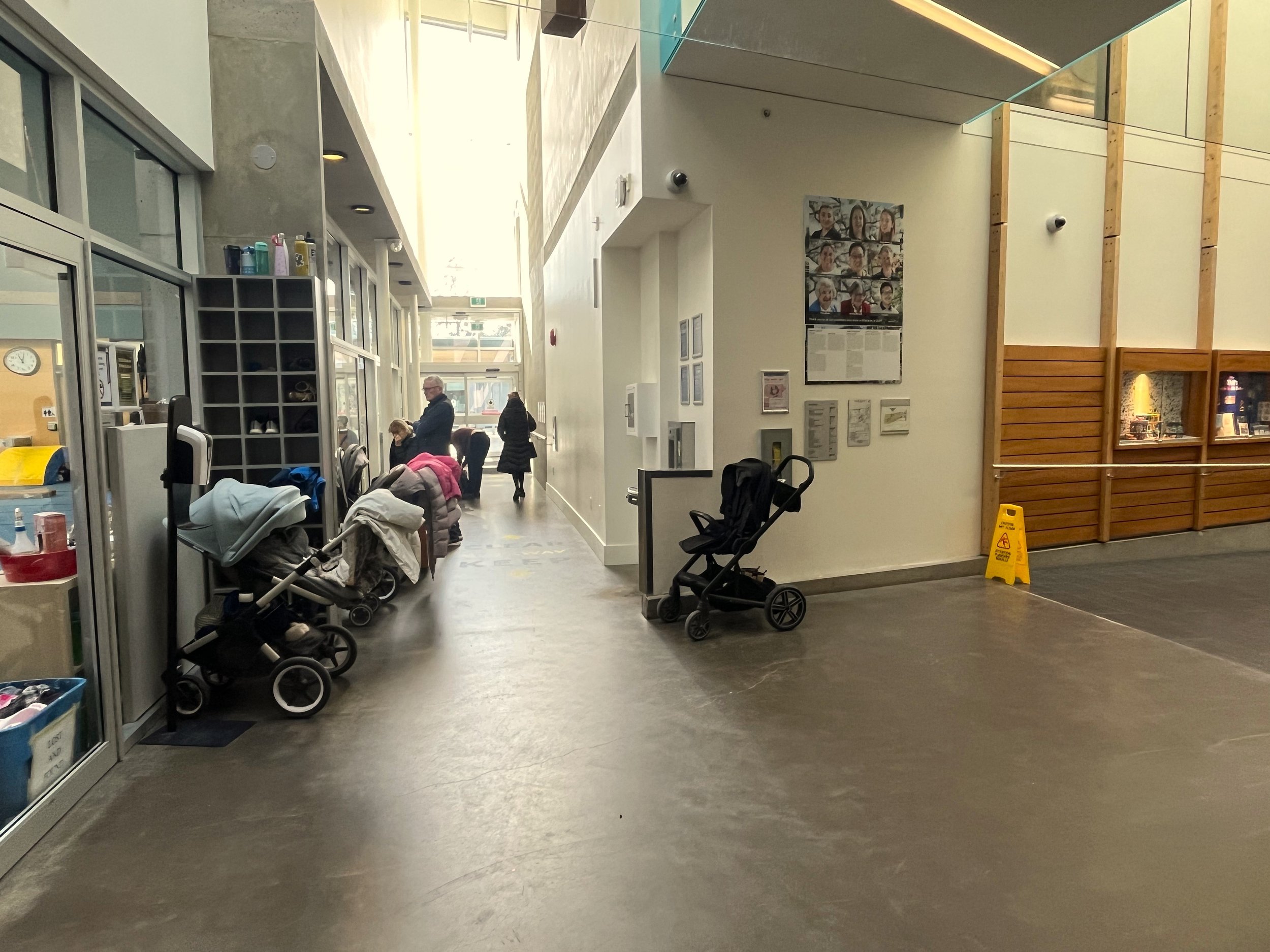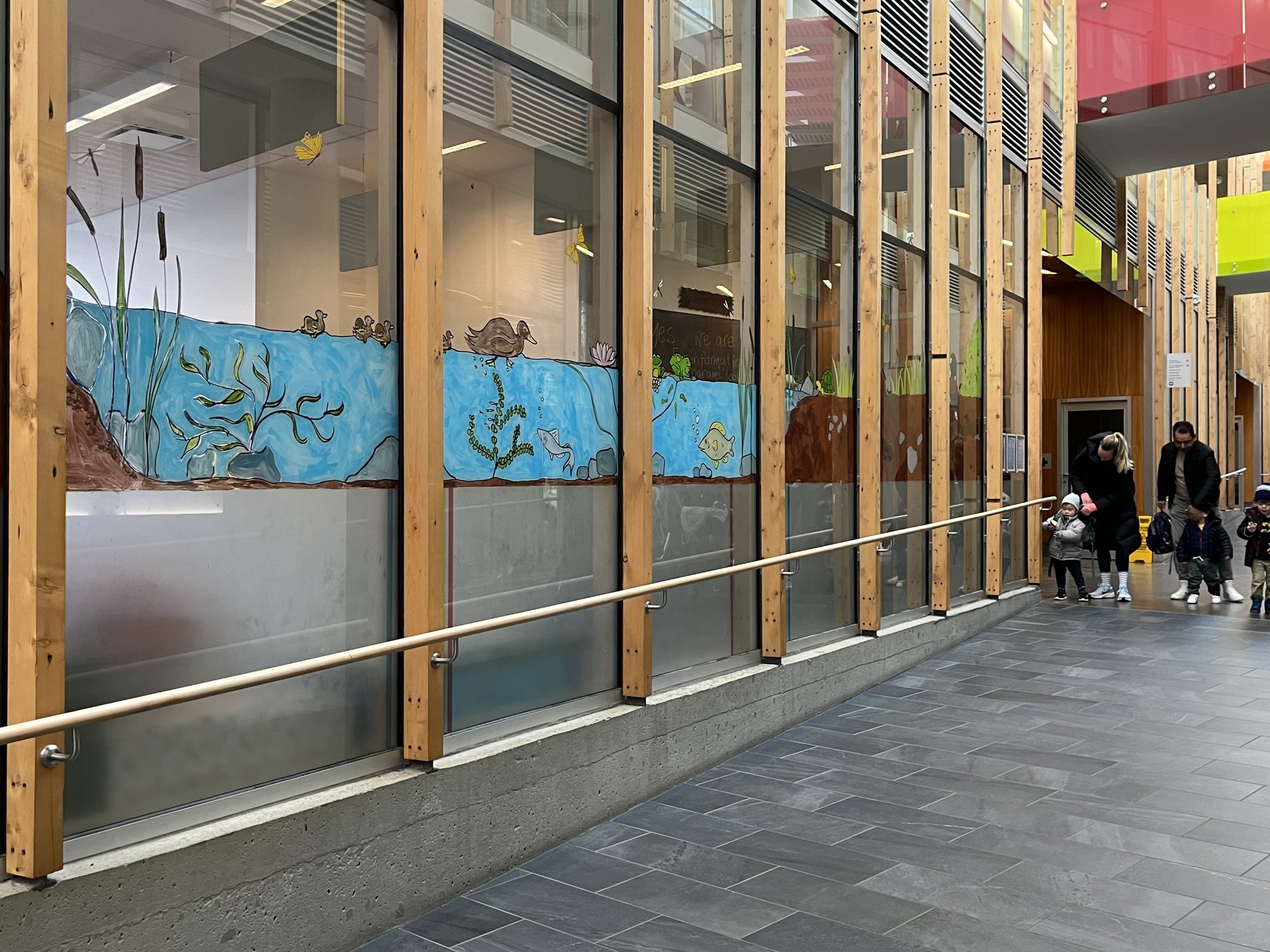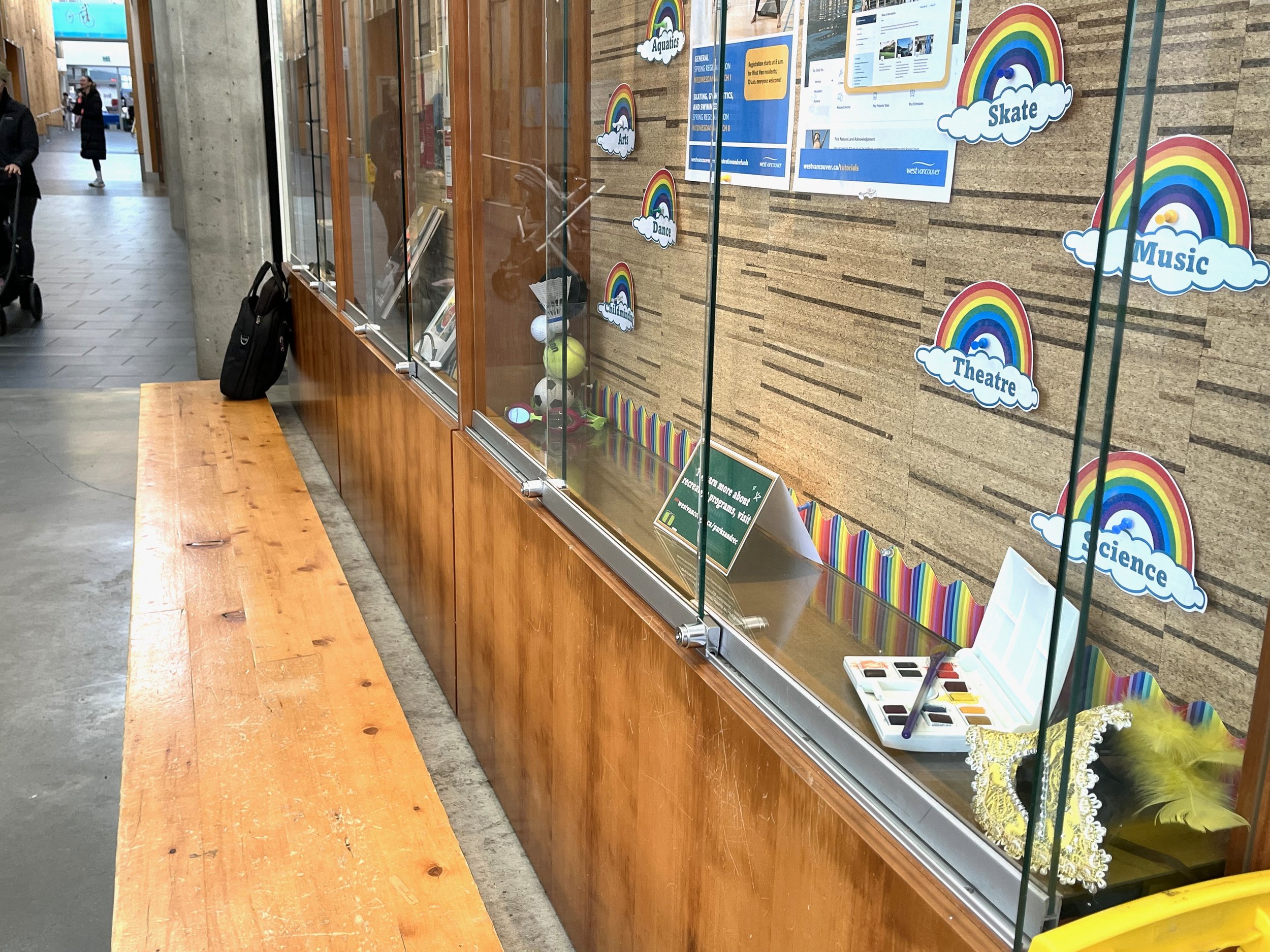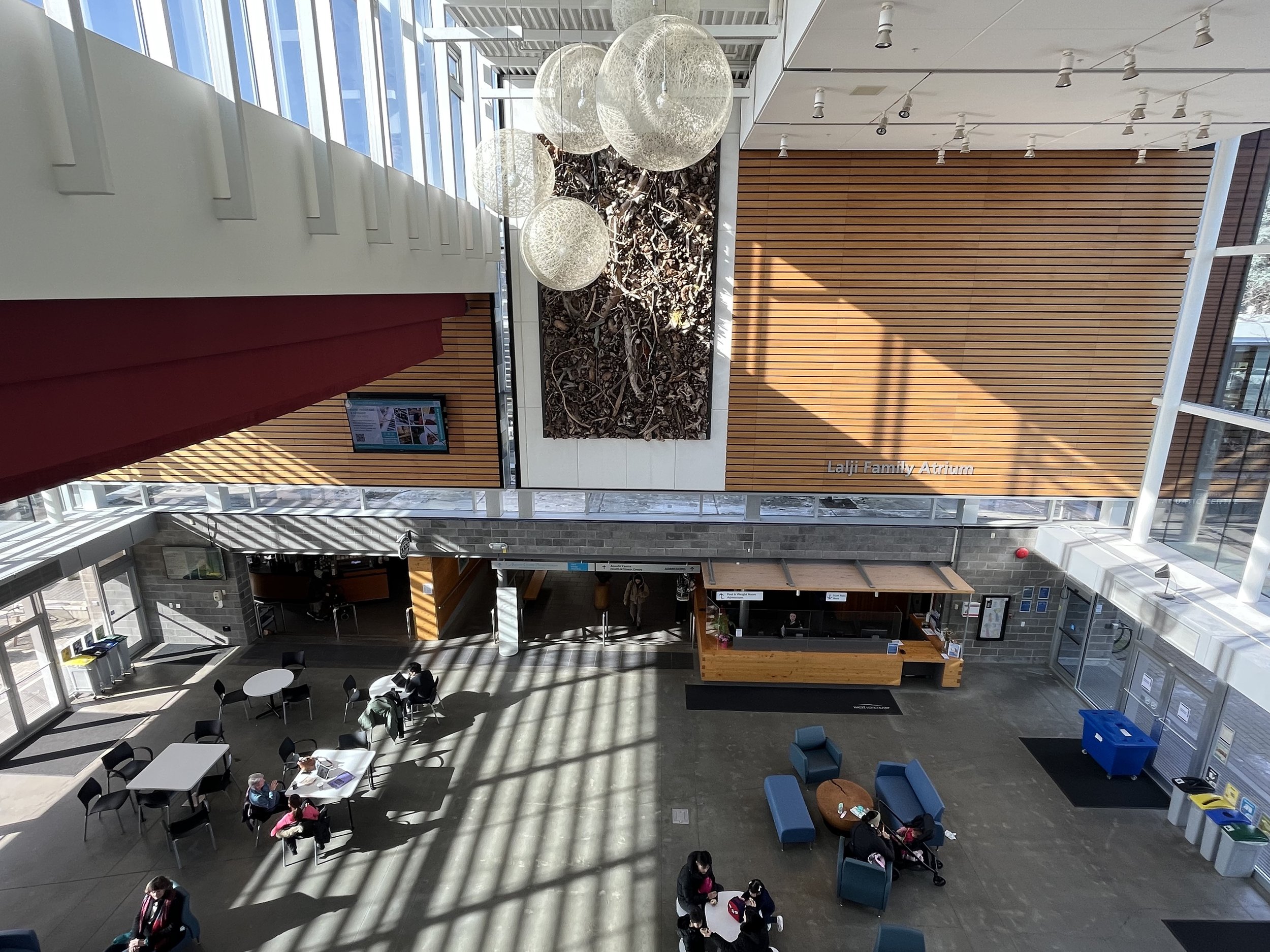Twilight
by Heidi Nesbitt
Apparently, the “magic hour” for shooting architectural photography is in that sweet moment just after the sun sets. Twilight. We’ve all seen those photos gracing the covers of architectural magazines and filling our social media feeds. The projects glow warmly from within, showcasing a sparsely furnished, well-curated space. The surroundings are silhouetted against a darkening sky. Perhaps a woman in a red dress is moving graphically across the scene, to provide contrast and scale. The interior shots show the same spartan spaces, with carefully located individuals and objects, positioned to accentuate the spatial qualities of the architecture, the connection with the outdoors, or perhaps the clever millwork detailing. All is perfect. These are the projects winning awards across the country. Their photos show us the iconic, artistic version of the profession that we have collectively put on pedestals as the pinnacle of architectural achievement.
But architectural photos don’t represent life. As a junior architect at HCMA, one of the first significant projects I worked on (and still love dearly) was the West Vancouver Community Centre. Several months after it first opened to the public, I visited to review the last few deficiencies. I was shocked at the difference a couple months of occupation had made. The beautiful, pristine millwork was covered in posters advertising the next fitness class, childcare deadline, job opportunities, etc. The display cases were full of community-made artwork (ie quirky ceramic bowls and hand-crocheted toys). The communal gathering spaces were PACKED with people. In front of the large glass windows to the gymnasium, grandparents, siblings and parents looked on with pride as small children tumbled and balanced and twirled. There were strollers and walkers, crying babies, and errant running toddlers. There were not enough benches and hooks, and so winter clothes and backpacks heaped outside of doors and in corners. Tables and chairs had been pulled together to accommodate impromptu gatherings of card-playing, coffee-drinking and post-swim relaxing.




The community was thriving and the architecture was doing the work we had designed it to do, but it certainly didn’t look like the awards submissions, complete with standard twilight photos, we had submitted and won. I’m pretty sure we wouldn’t have won a single award if the project had been photographed in full use. And I couldn’t help but wonder if we would have made different design decisions, or influenced the future of community centre design, had we considered what the spaces would look like, and how they would function, when they were REALLY full. Full, not just of people that we had pulled out of our rendering depots to strategically illustrate scale and vitality, but full of all the community’s chaotic stuff: multitudes of recycling bins, fledgling art projects, leftover coffee cups, big plastic strollers and overflowing diaper bags. Now, in this instance, the West Vancouver Community Centre is working beautifully (and although slightly biased, I think it looks even more beautiful today, 13+ years later, than on opening day – see photos below).
My call to action is to fundamentally change the awards system in our industry. Because buildings never exist like those perfect, opening day, twilight photos for more than a fleeting moment. Because we are training generations of architects that the end point is the trophy awarded for this devoid architectural moment. The elevating of these empty buildings, these perfect objects, is creating a web of problems that causes (at best) a delusional profession that is out of touch with the real needs of people, and (at worst) exacerbates classism, sexism and racism. The fashion industry has been heavily criticized for their veneration of the “perfect” body, and for the resultant diet fad, fast-fashion consumerism, skin whitening, hair straightening, never perfect, always striving, always shaming culture. Architects are doing the same thing to our buildings and cities and homes. What if the jurors visited the projects in use? What if the photographs were taken by children or wheelchair-users? What if the sustainability accolades were based on the operators’ feedback post-occupancy?
I read an article recently that frankly acknowledged the rampant photoshopping that goes on in current architectural photography[1]. The reasons were multiple – perhaps a contractor hadn’t installed the siding quite straight, or the fire alarm pull boxes were obtrusive, or the rooftop mechanical equipment too big. When we are taught that the only way to be valued is through perfection, then we resort to cheating. We are better than this. We are a creative, insightful, and collaborative profession. If we can’t design a building that beautifully incorporates life safety equipment like fire pulls and handrails, then we shouldn’t be winning awards. Keeping people alive shouldn’t be an afterthought, and neither should the vibrant lives of occupants. Let’s celebrate the beauty of diversity – fitness posters, lace doilies, and strollers included. Let’s photograph our projects full of life, at all times of day: dawn, blazing noon, downpouring with rain, and twilight. And then, let’s award them with our most coveted prizes. The West Vancouver Community Centre is even more radiant as it has aged and settled into its people and place. Let’s have its legacy be that more fulsome picture of vitality and timelessness.
[1] https://www.azuremagazine.com/article/architectural-photography-fake-news/
